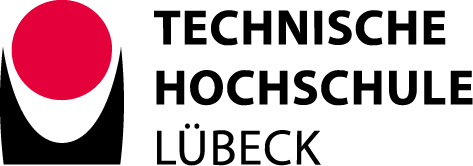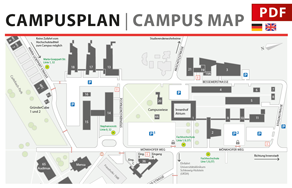The CoSA seminar will be held on November, 27th 2023 at 11:45am in room 18-02.13.
We have planned the following presentation:
- Marco Cimdins: Energy-Twin als Wegbereiter zur klimaneutralen vernetzten Produktion
- Abdullah Yaqot: Joint Channel Estimation for In-Band Full Duplex MIMO Cellular Communications
The presentations will last approximately 20 minutes followed by 10 minutes of discussion. We look forward to a lively and active participation.
The seminars can also be found at https://www.th-luebeck.de/cosa/. If you would like to offer a talk as well, please feel free to contact us (fabian.john(at)th-luebeck.de).
Marco Cimdins: Energy-Twin als Wegbereiter zur klimaneutralen vernetzten Produktion
In diesem Artikel beschreiben wir, wie Energieverbräuche in produzierenden Unternehmen systematisch erfasst und die Hauptverbraucher identifiziert werden. Drahtlose Technologien ermöglichen dabei eine einfache Datenerfassung von Messstellen, Maschinenzuständen und -verbräuchen. Im Anschluss beschreiben wir, wie Energy-Twins aufgebaut und so der Ressourcen- und Energieverbrauch gemessen wird und zeigen am Beispiel einer Produktionsanlage wie der Energy Twin das Ziel der klimaneutralen Produktion unterstützt.
Abdullah Yaqot: Joint Channel Estimation for In-Band Full Duplex MIMO Cellular Communications
The half duplex mode segregates the spectrotemporal resources between downlink and uplink to avoid the self-interference (SI), hence leading to underutilization of network resources and capacity. In-band Full duplex mode has the potential to double the spectral efficiency via adopting other domains such as the space. However, the SI induced from the Tx antennas of a transceiver at the Rx antennas of its own, is a major challenge especially at large cells that have high power base station. This paper proposes a joint channel estimation method for in-band full-duplex MIMO cellular communications. The central element is a novel baseband SI mitigation method that uses rejection processing to remove the self-interference. It is shown that due to limitations of the transmitter and receiver the system is interference limited and that the underlying spectral efficiency optimization problem is non-convex. The weakness in the direct channel is addressed in this contribution by means of a joint channel estimation for both direct and SI channels. The joint estimation approach compensates the weakness of direct channels greatly as long as high amount of pilot contamination is preserved as will be shown in the result. Comparison with the state-of-the-art is introduced and main findings illustrate substantial improvement in the spectral efficiency due to our proposal.


